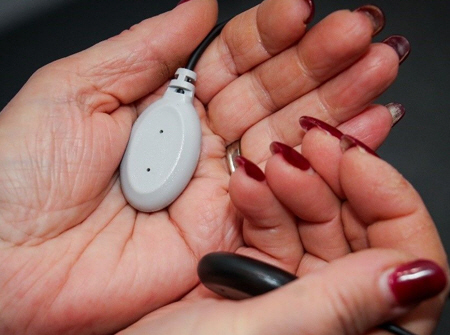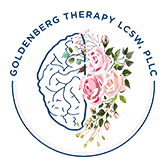You are. You “know” you are. But somehow…
You are safe, or worthy, or lovable, or any number of things. You “know” you are – because your brain tells you so – with logical certainty.
But your mind – and even your body – doesn’t “believe” it. You don’t “feel” it.
Something happened. You want to move on, but you can’t. It keeps replaying in your mind, and you can’t seem to get past it. And it’s starting to affect everything in your life.
But it doesn’t have to. You can get where you want to be.
You can find your way from your past – to your future.
 Bridging the gap – with EMDR.
Bridging the gap – with EMDR.
EMDR, or Eye Movement Desensitization and Reprocessing, can help you heal from the symptoms and emotional distress resulting from disturbing life experiences.
Most often used with individuals who suffer from Post-Traumatic Stress Disorder (PTSD) and other anxiety disorders, it can help close the gap between what you feel and what you KNOW –
So you can process the past in a healthy way, put it behind you, and move forward.
The process…
In EMDR, there is very little “talking about the problem.” Instead, we process.
“Processing” in EMDR means setting up a mental state that allows your experiences to be “digested” and stored appropriately in your brain. EMDR works by stimulating both sides of your brain (bi-lateral stimulation) in one of a number of ways, based on your preference: a light bar, hand pulsers, tapping, sounds, or hand motions.
Before we begin, we assess the problem we want to work on through a Target Assessment. You select a specific picture or scene that represents the worst part of your traumatic or anxiety-provoking memory.
The brief talking involves my asking you to describe the thoughts coming to your mind between bi-lateral stimulation.
Our conversation…
You choose a statement that expresses a negative self-belief associated with the event, such as “I am unworthy, I am helpless, I am a bad person,” etc.
Though you “know,” intellectually, that the statement is false, it’s important that you focus on it because this negative belief is actually an expression of the disturbing emotions that still exist.
But you will also pick a “positive” self-statement that you would “rather” believe, such as “I am worthy, I am lovable, I am safe enough,” etc.. At this point, you’ll estimate how true you feel your positive belief is by using the Validity of Cognition (VOC) scale.
Your feelings…
You may logically “know” that something is wrong, but you are most driven by how it ” feels.”
You’ll tell me what emotions you feel when I bring up your negative memory and belief – as well as where you feel those emotions in your body. Although you may not realize it, your emotions can often express themselves in physical pain.
Through EMDR, we can even reduce the severity of that pain.
After that, you rate how severely you’re currently disturbed by the memory using the 0 (no disturbance)-to-10 (the worst feeling you’ve ever had) Subjective Units of Disturbance (SUD) scale. From there, we may float back to an earlier memory or begin the reprocessing phase – depending entirely on your needs.
 Healing the whole you!
Healing the whole you!
Processing trauma frequently takes time – and multiple sessions. I often recommend sessions twice per week – one for EMDR processing and one to discuss it. You may possibly feel tired, overwhelmed, or extra-sensitive for a few days after processing, and I want to make myself available to you during that time.
Additionally, in my practice, EMDR works as a tool to complement traditional psychotherapy; I do not use this method exclusively.
But EMDR can be a very powerful tool toward helping you move forward.
Focus. Freedom. Future.
Let’s start tearing down the wall that’s separating you from your future – the life of your dreams.
Reach out today (347) 927-9442. Don’t waste another moment.
Note: I do not do EMDR through Telemental Health.

